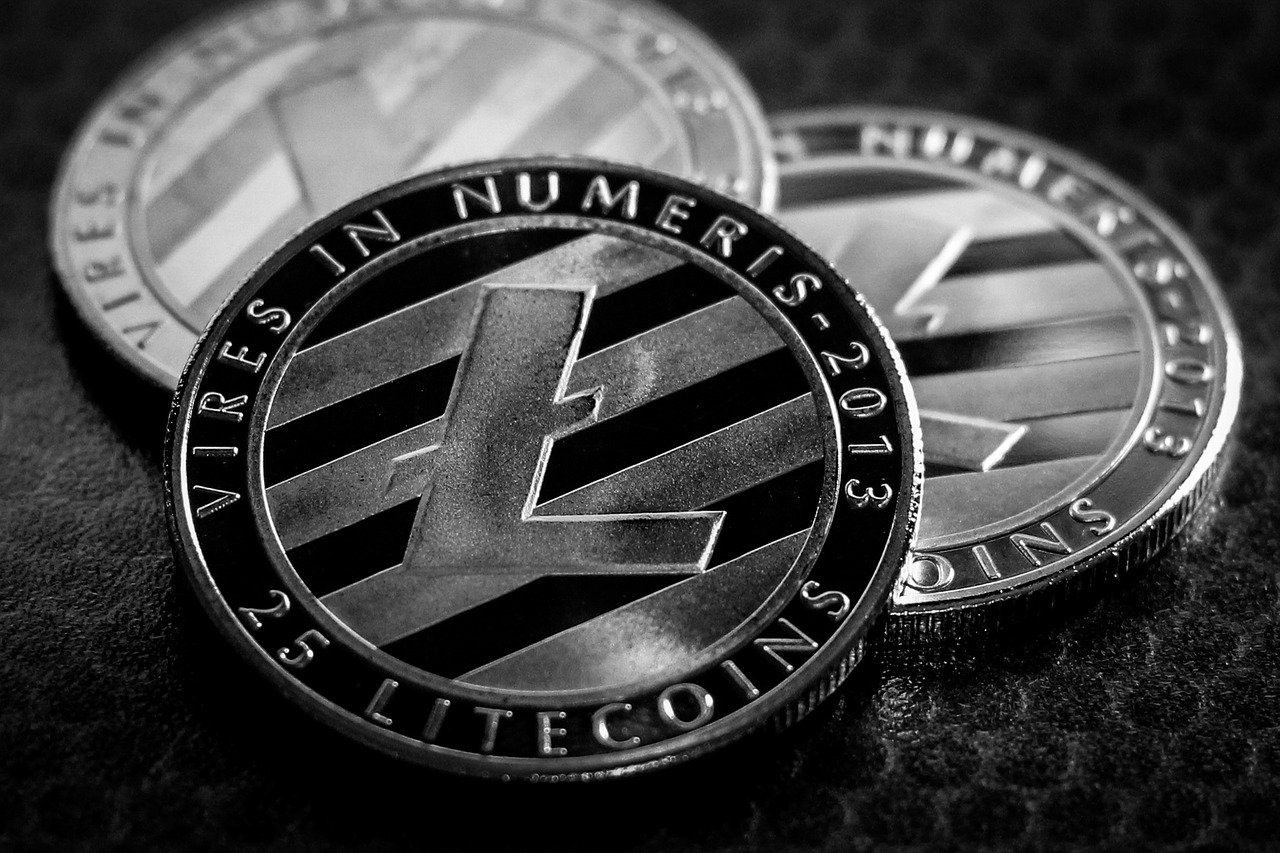Aside from Bitcoins and Ethereum which are currently on top of the crypto space, other assets such as Filecoin and Litecoin are also doing well today.
Many investors and buyers make it a duty to diversify their portfolios. Inputting their eggs in more than one basket, Filecoin and Litecoin are top altcoins that may be considered.
Litecoin (LTC) has been tagged as ‘Bitcoin’s silver’ while Filecoin (FIL) is one of the fastest-growing altcoins today. In this post, we’ll look at the best choice for investors/traders to invest in. Before then, let’s learn more about both coins.
What is Litecoin (LTC)?
Litecoin is a cryptocurrency designed with the intention to initiate easy transactions between parties. It is also created to remove the presence of ambiguities and enhance efficiencies at a lower rate.
LTC was created in 2011, two years after Bitcoin was debuted. Litecoin was founded by Charlie Lee, an early cryptocurrency adopter.
LTC was created in the image of BTC but better in transaction fees and block form. Litecoin is useful in transferring coins without any central authority.
Its main benefit comes from its speed and cost-effectiveness. Litecoin transactions are typically confirmed in just minutes, and transaction fees are nearly negligible. This makes it an attractive alternative to Bitcoin in developing countries, where transaction fees may be the deciding factor on which cryptocurrency to support.
What is Litecoin’s (LTC) Worth in the Crypto Market?
LTC is no doubt one of the most popular and older coins in the cryptocurrency market. Although it is created to be better than BTC, it is however twenty places below it in the ranking table. According to CoinMarketCap, LTC is currently ranked 21st among thousands of crypto projects.
As at the time of writing, the price of LTC is $101.83 USD with a 24-hour trading volume of $742,409,984 USD. Litecoin has a a live market cap of $7,143,149,663 USD. It has a circulating supply of 70,146,344 LTC coins and a max. supply of 84,000,000 LTC coins.
Litecoin can be purchased at the current rate on the top cryptocurrency exchanges for trading. This include Binance, OKX, CoinTiger, etc.
What is Filecoin (FIL)?
Filecoin is a decentralized storage system that aims to “store humanity’s most important information.” Filecoin was launched in 2017 where $205 million was raised in its initial coin offering (ICO).
Filecoin is open protocol and backed by a blockchain that records commitments made by the network’s participants. Transactions are made using FIL, the blockchain’s native currency.
The project was first described back in 2014 as an incentive layer for the Interplanetary File System (IPFS), a peer-to-peer storage network. It was founded by Juan Benet, an American Computer Scientist who studied at Stanford University.

Filecoins
What is Filecoin’s Worth in the Crypto Market?
Filecoin hasn’t backed down since it was launched in 2017.Today, it is ranked 35th among thousands of cryptocurrency by CoinMarketCap.
FIL’s current price is $18.05 USD with a 24-hour trading volume of $422,944,793 USD. It has a live market cap of $3,493,735,257 USD. FIL has a circulating supply of 193,576,266 FIL coins.
Filecoin is available for purchase on some of the top crypto exchanges in the world.
Major Differences Between Litecoin & Filecoin
Just like their model BTC, Litecoin and Filecoin have the word ‘coin’ in their names. Despite this, they are different in what they offer to investors and buyers.
Litecoin has a maximum supply of 84 million LTC coins while Filecoin doesn’t have a supply limit. As LTC is four times the supply of BTC, FIL is limitless.
LTC & FIL both share the same proof-of-work. LTC is however known to be very faster than its model, BTC. LTC’s mining algorithms are significantly simpler.
LTC was designed to provide fast, secure and low-cost payments by leveraging the unique properties of blockchain technology. FIL on the other hand is created as a decentralized storage system.
Litecoin’s main benefit comes from its speed and cost-effectiveness. Filecoin leverages its decentralized nature to protect the integrity of a data’s location. This makes it easy to be retrievable and hard to censor.
Which To Buy Between Filecoin & Litecoin?
Filecoin and Litecoin are both exciting projects as seen above. Investors’ need to know what suits them better before investing in them.
However, for the sake of this article, if you are purchasing any of these coins for your crypto trading today, LTC is up there.
Litecoin is the more popular of the coins as it was launched two years after Bitcoin was introduced. Litecoin is the second most popular pure cryptocurrency. This success can be largely attributed to its simplicity and clear utility benefits.
Another reason you may want to consider buying Litecoin ahead of Filecoin is acceptance. LTC is one of the most widely accepted cryptocurrencies. There are over 2,000 merchants and stores accepting LTC across the globe.
LTC can also be an option for you if you are looking at their values as at the time of writing (April, 2022). LTC is currently ranked 21st, fourteen (14) places above FIL which is climbing up the ladder.
Where To Buy LTC or FIL
Litecoin and Filecoin are listed on CoinMarketCap as well as CoinGecko. Both coins can be purchased on some of the world’s leading crypto exchanges.
Among the top places where you can buy Litecoin and Filecoin are Binance, OKX, Kraken, Coinbase, etc. In Nigeria, LTC is available in P2P trading sites. Prestmit is one of the best P2P sites to buy LTC, BTC, DOGE & USDT.
Conclusion
Litecoin and Filecoin are both in the list of cryptocurrencies other than Bitcoin and Ethereum. LTC and FIL have things in common asides the ‘coin’ in their names. They are also created to serve different purposes which investors can take into consideration while investing.
If you are buying any of these coins today, LTC is tipped as the best to buy because of its acceptance, value (today) and experience.
If you must invest in any of these cryptocurrencies, make sure you do your own findings. It is also important to know that crypto investment is very risky. If you must put your money, put what you can afford to lose.
Also Read– What You Need To Know About Algorand (ALGO)

